Best winter flowers – 14 ideas to brighten up your garden
Discover the best winter flowers to add color and interest to your garden through the coldest months

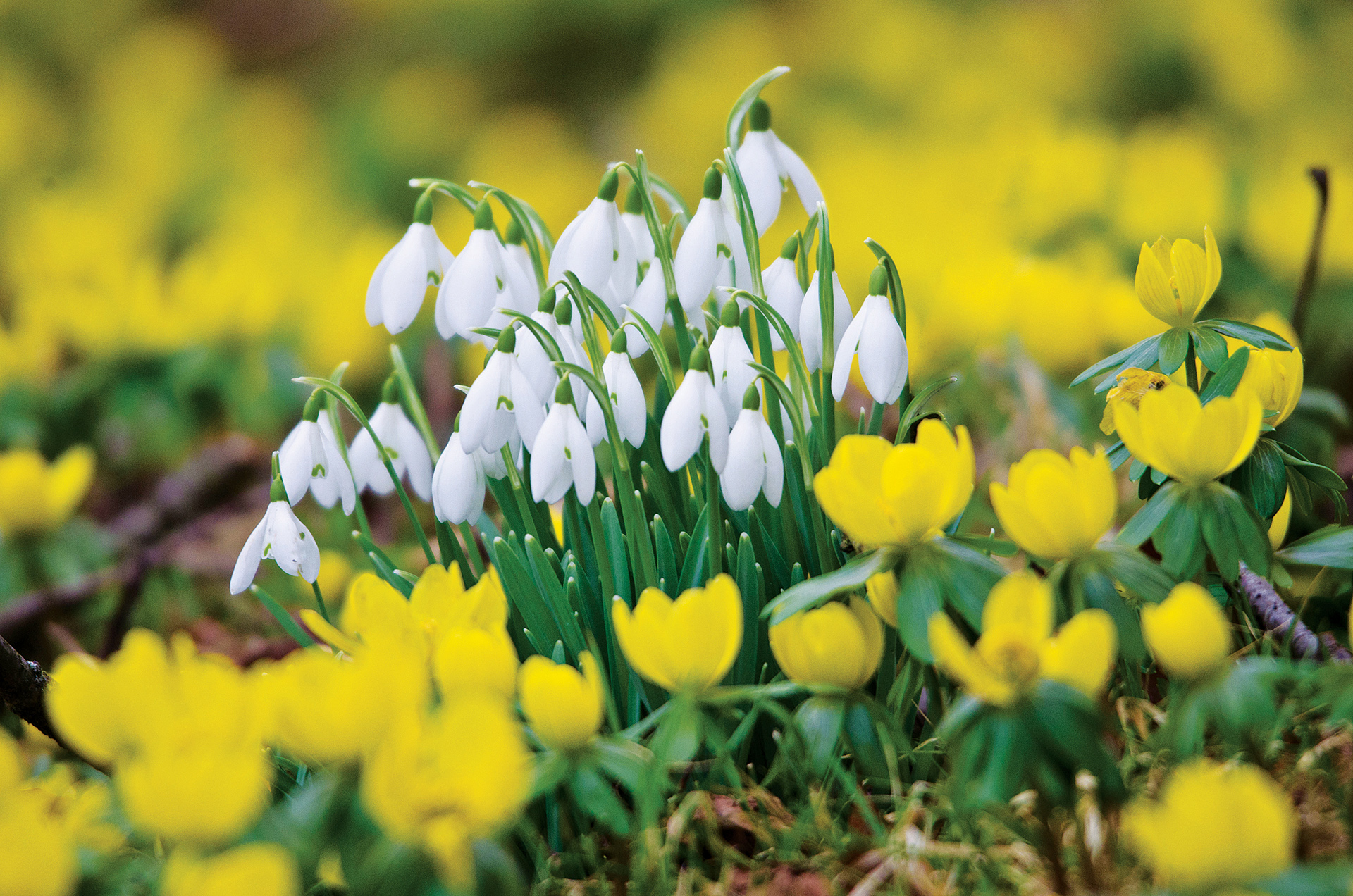
Choose the best winter flowers to bring life to your garden on the bleakest days of the year.
While evergreen plants will bring structure and vitality to your garden all year round, you do need to include some flowers in your winter garden ideas if you want to add a splash of color that will lift your spirits.
‘There really is no need to settle for an empty, desolate garden once the showy summer brights and fiery autumn colors are no longer stealing the limelight as there are plenty of options for color and scent to enjoy through the winter months,’ says Period Living’s gardening expert Leigh Clapp
‘The effect may be more subtle as most of the flowers are not large or showy at this time of the year, but it’s well worth admiring the details nature has on offer. Every bloom is appreciated and the rich fragrances of winter flowers are especially welcome.’
From climbers and shrubs to bedding plants and evergreens, there’s something suitable for every spot in your winter garden. Many of them also make the best winter plants for pots and borders.
Best winter flowers
‘Before you start planting in winter, make sure you're choosing the right plants for your location,’ says Emma Sophie of Evergreen Seeds.
Check your plant hardiness zone, and only buy the best winter flowers that are compatible. This means your chosen varieties will be able to stand up to the harshest weather conditions your location has to offer.
Design expertise in your inbox – from inspiring decorating ideas and beautiful celebrity homes to practical gardening advice and shopping round-ups.
Think about where you want to plant your flowers. 'Winter exposes the bare bones of a garden, giving you an opportunity to take a critical look and see where the gaps are,’ says Clapp.
‘Plant east to west to catch the best of the morning and late afternoon sun. Make the most of sweet-smelling plants by positioning them by paths – they’ll release their scents as you brush past.’
As well as filling gaps in your borders with the best winter flowers, plant up containers to bring color to the patio, and consider including climbing plants - see our guide on how to plant a winter container. Also don’t forget to add them to your winter hanging basket ideas to add interest at eye level.
If choosing perennial plants that will reliably bloom every year, then you need to observe the recommended plant spacing for each variety. However, if growing winter flowers as annuals, then you can afford to pack them in quite closely together as growth rate is slow in the colder months.
1. Mahonia
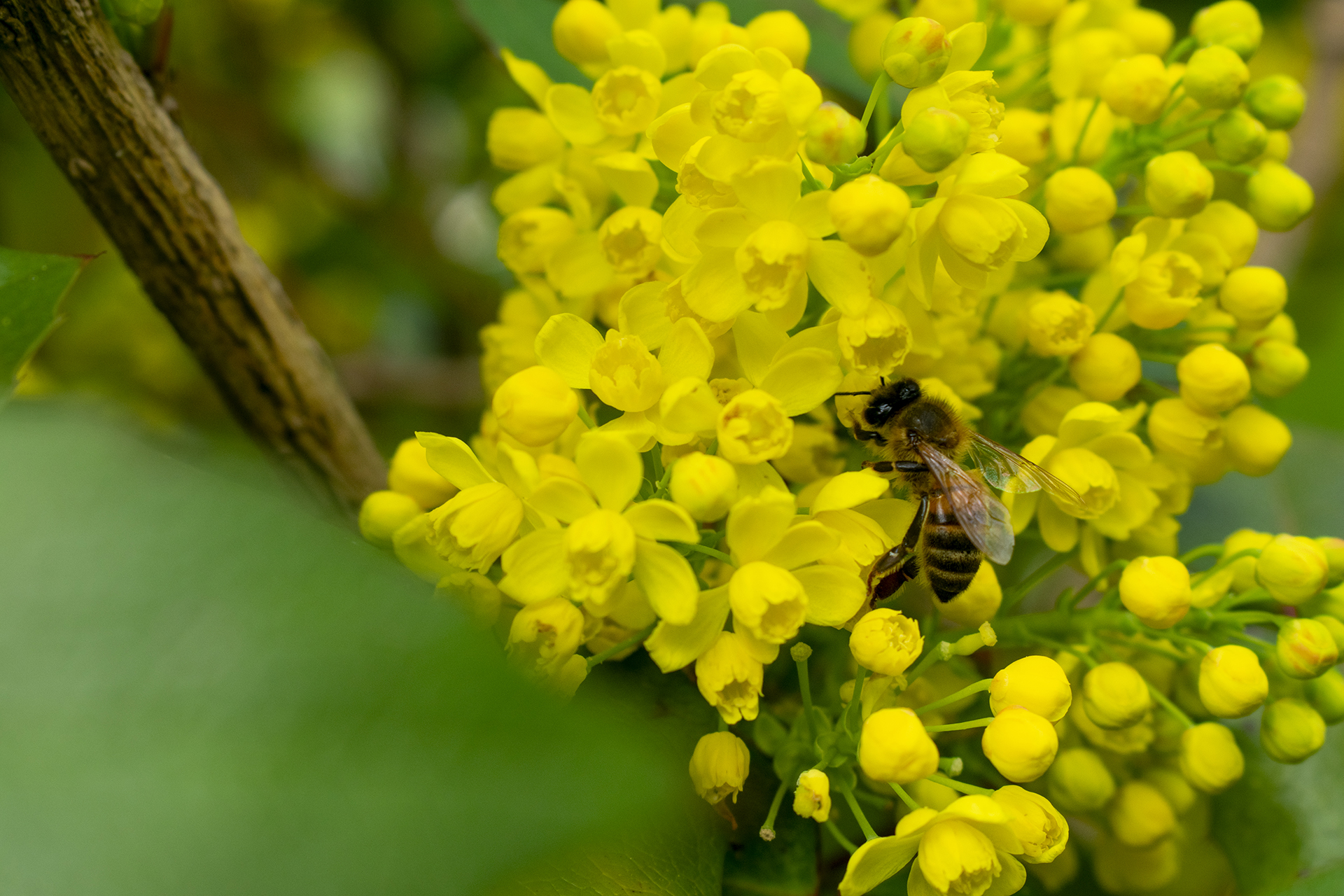
‘Mahonia adds scented floral color in winter and its evergreen pinnate leaves create a structural backdrop for other winter plants,’ says Clapp. Their narrow clusters of yellow flowers bring sunshine on the darkest days, while their spiky leaves add interest all year round.
Mahonia is also a vital plants for pollinators seeking food at the scarcest time of year, and is one of the most recommended plants for a bee-friendly winter garden.
‘Most bumblebee colonies have died off by this time, but in some areas we see winter-active bumblebees, so it is worth having something in flower – mahonia is a wonderful winter plant that benefits bees,' says Darryl Cox at the Bumblebee Conservation Trust.
Mahonia flowers from fall through to early spring, and produces berries in the summer. Depending on the variety it can reach up to 12ft, though some types are more compact.
Grow it in hardiness zones 5-9 in moist but well-drained soil. It prefers partial shade, ideally sheltered from cold winds. Cut back after flowering.
2. Pansies and violas
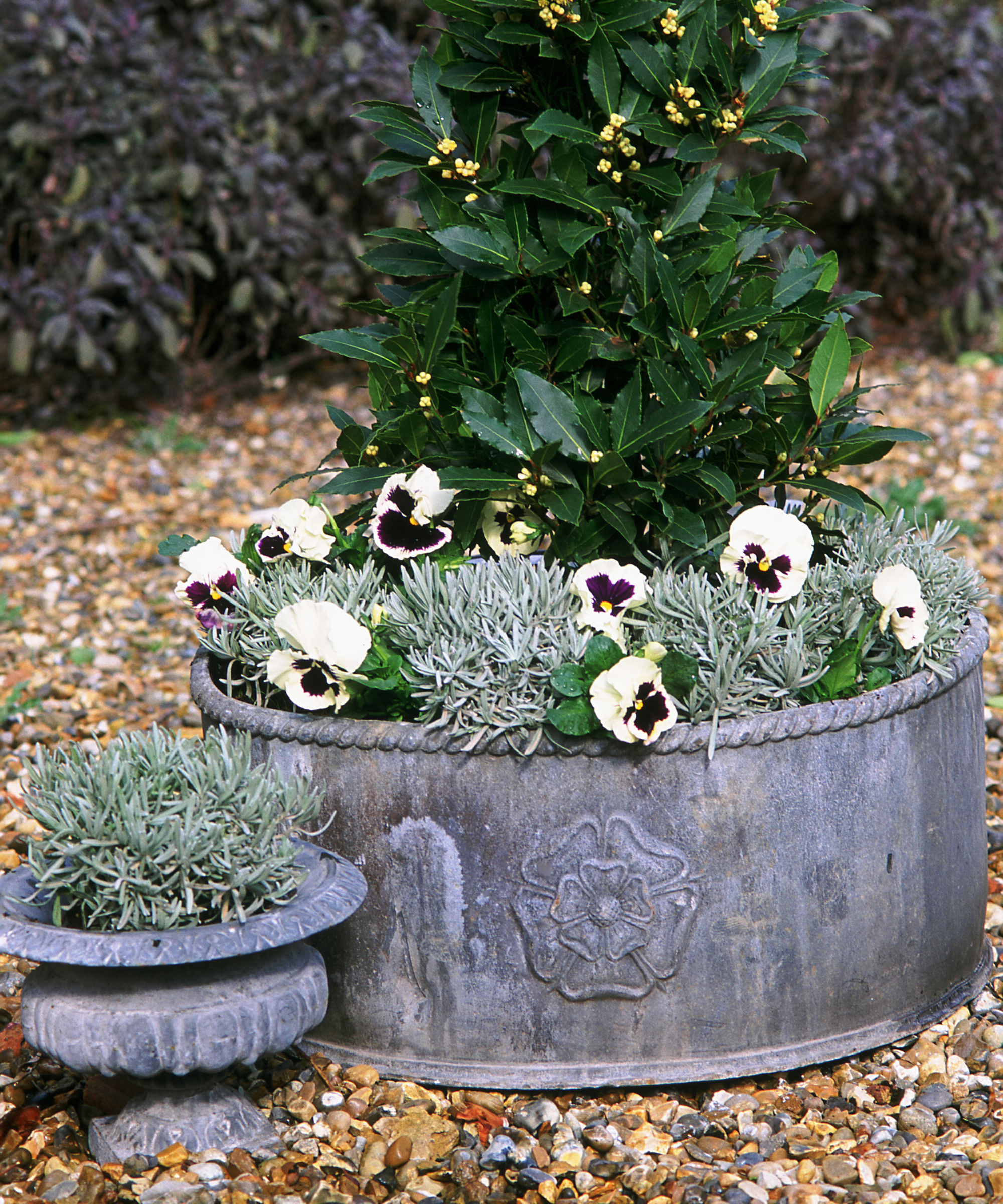
Pansies and violas are low-growing plants, ideal for adding pretty blooms and color to a small garden in borders or individual containers and hanging baskets.
‘These perennial favorites are must-have winter flowers, and come in a range of colors – from your traditional purples and yellow to softer colors,’ says Paula Salazar, cut flower grower and expert gardener from Angel Falls Flowers.
‘They are also early bloomers and the flowers are even edible; my go to variety is Antique Shades pansies bordering a flower bed.'
Plant winter-flowering pansies and violas in the fall for maximum blooms in the winter. They love full sunlight but can also survive in partial shade, too.
You can grow pansies and violas in zones 5-9.
3. Snowdrops
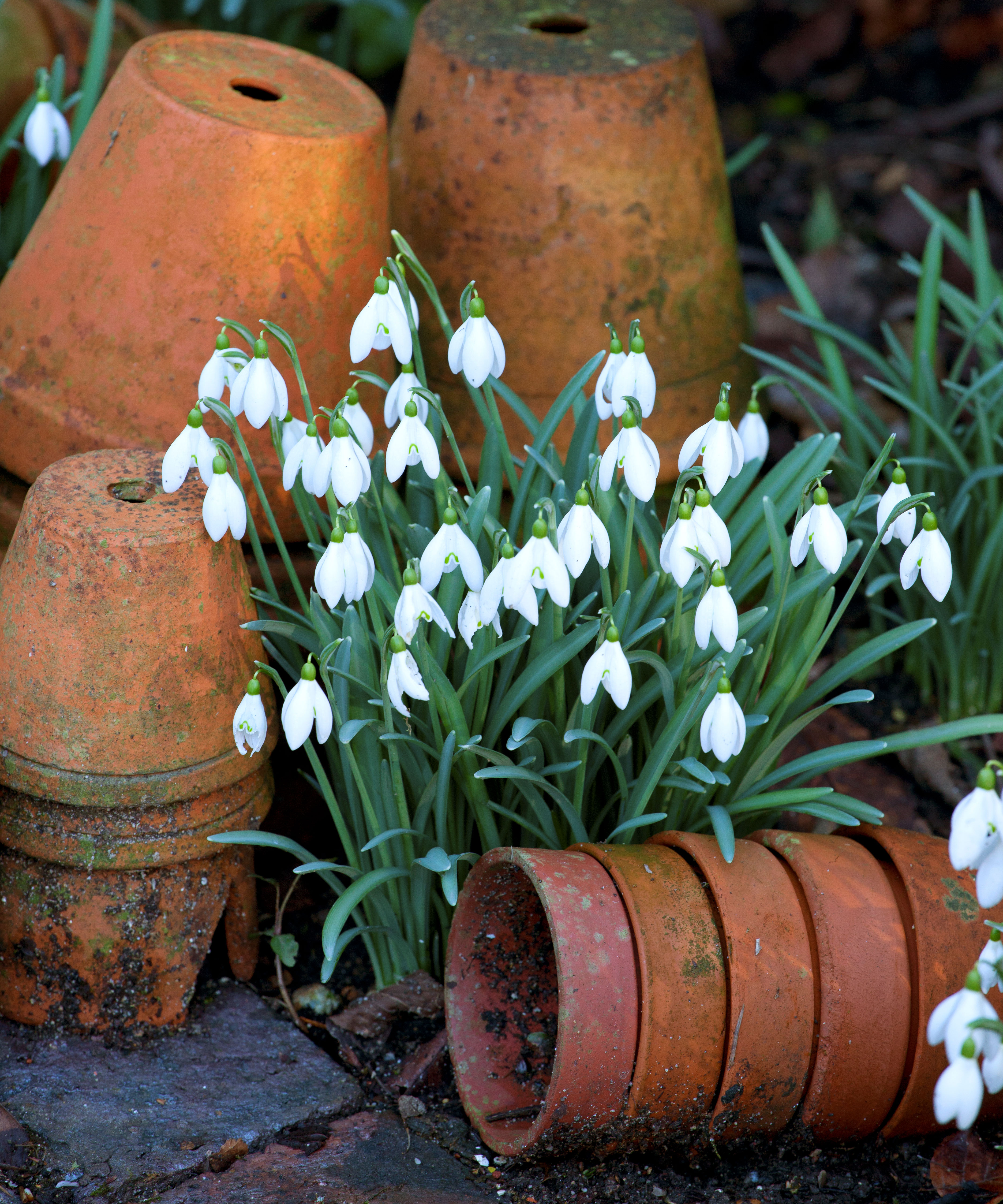
‘Possessing the loveliest name, I think the snowdrop is the perfect winter garden flower,’ says Kaylyn Hewitt, lead floral expert and designer at The Bouqs Co .
‘These plants truly love the snow, so warmer climates may struggle with these, but if you’re nestled in a colder climate this would make the sweetest garden flower.’
Snowdrops grow well in moist soil, bursting into bloom from January onwards. Their delicate blooms hang from tall stems, and they tend to grow in clusters or drifts if left to their own devices.
When researching how to plant snowdrops, you will find that the bulbs are ideally planted in late spring when ‘in the green’ and placed in a partially shaded spot, either in the ground or planted in pots.
For a successional display that lasts until spring, choose a few different snowdrop varieties.
You can grow snowdrops in zones 3-7.
4. Winter aconites
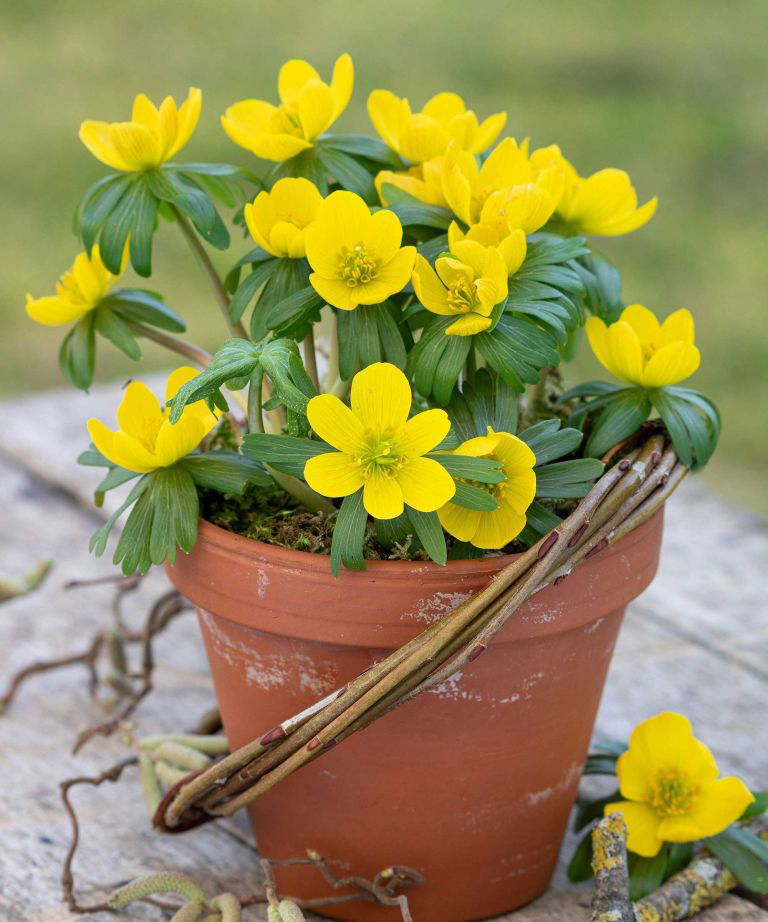
Perfect for growing in moist soil, winter aconites produce pretty yellow cup-shaped blooms in late winter.
Often mistaken for buttercups, they require little to no maintenance and will happily grow in a shaded position, making them an excellent choice for adding color to a dark, dreary space.
‘Use winter aconites around structural shrubs, along with galanthus, crocus, early narcissi and hardy perennials such as Helleborus niger and orientalis,’ says Jonny Norton, head gardener at the National Trust’s Mottisfont.
Plant in moist well-drained soil ideally in a partially shaded spot. Ideally this should be done in spring, when they are 'in the green'.
It’s a good idea to learn how to divide plants such as aconites and snowdrops, to keep them productive and propagate more flowers.
You can grow winter aconites in zones 4-9.
5. Heather
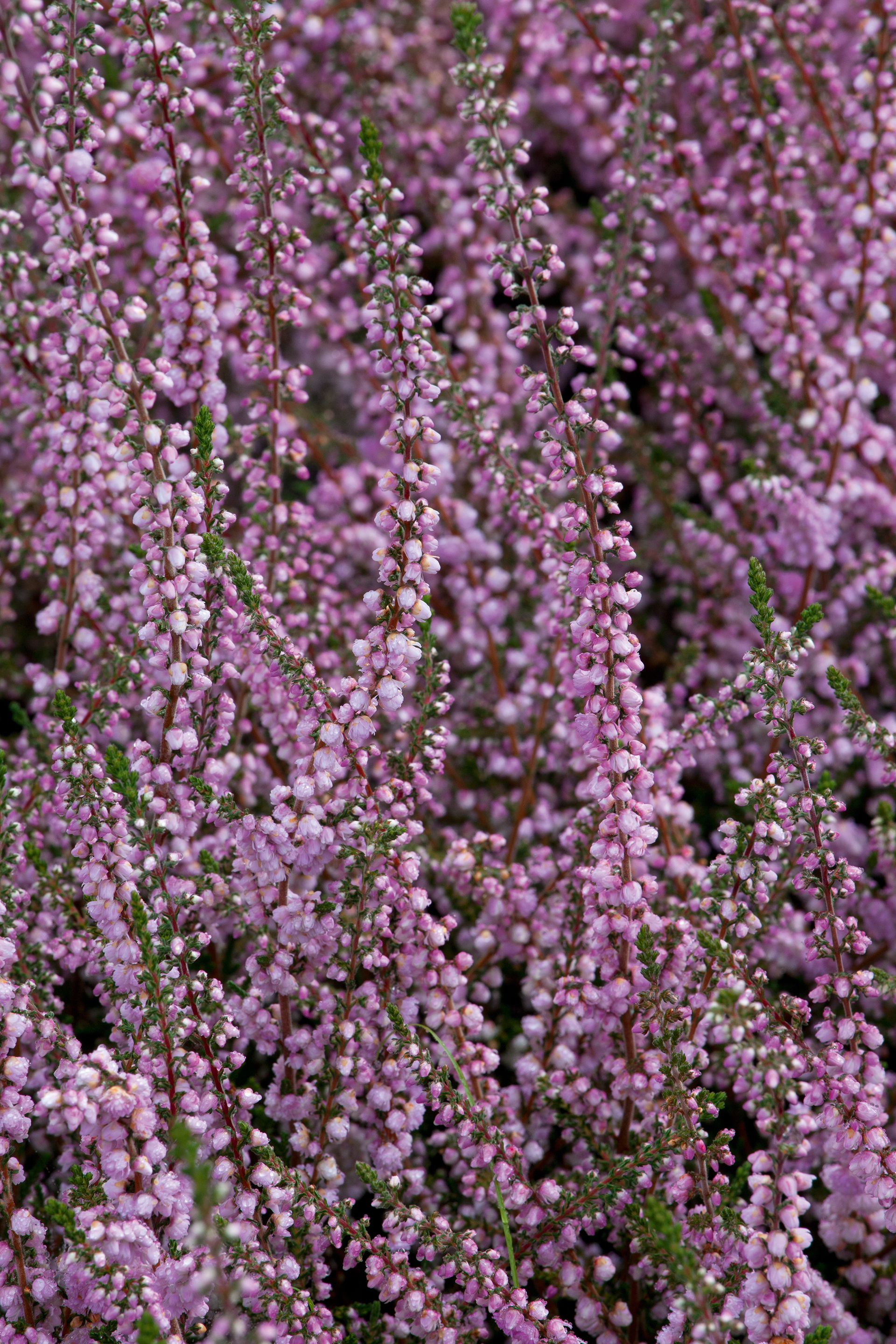
A bee-friendly plant, heather is a hardy shrub that provides evergreen color throughout the year and depending on the variety, can flower in winter, too.
They grow well in sun to partial shade, and are ideal for planting in the ground, as well as in pots and window boxes.
‘With the growing trend for creating winter gardens, heather can play an important role, injecting color that stands out against the seasonal browns and greys, or the fiery red winter stems contrasting with frosty or snowy backdrops,’ says Clapp.
Bear in mind there are different types of heather, and it is the erica variety that flowers in winter and spring.
‘Erica heather prefers acid, neutral soil, but is tolerant of chalky or alkaline soils, too. Plant in well-drained soil with organic matter. Planting is best done in the fall or early spring.
‘A light trim after flowering to the base of the flowering spike will help keep its shape, thick growth and better flowers next winter.’
You can grow heather in zones 4-7.
6. Winter clematis
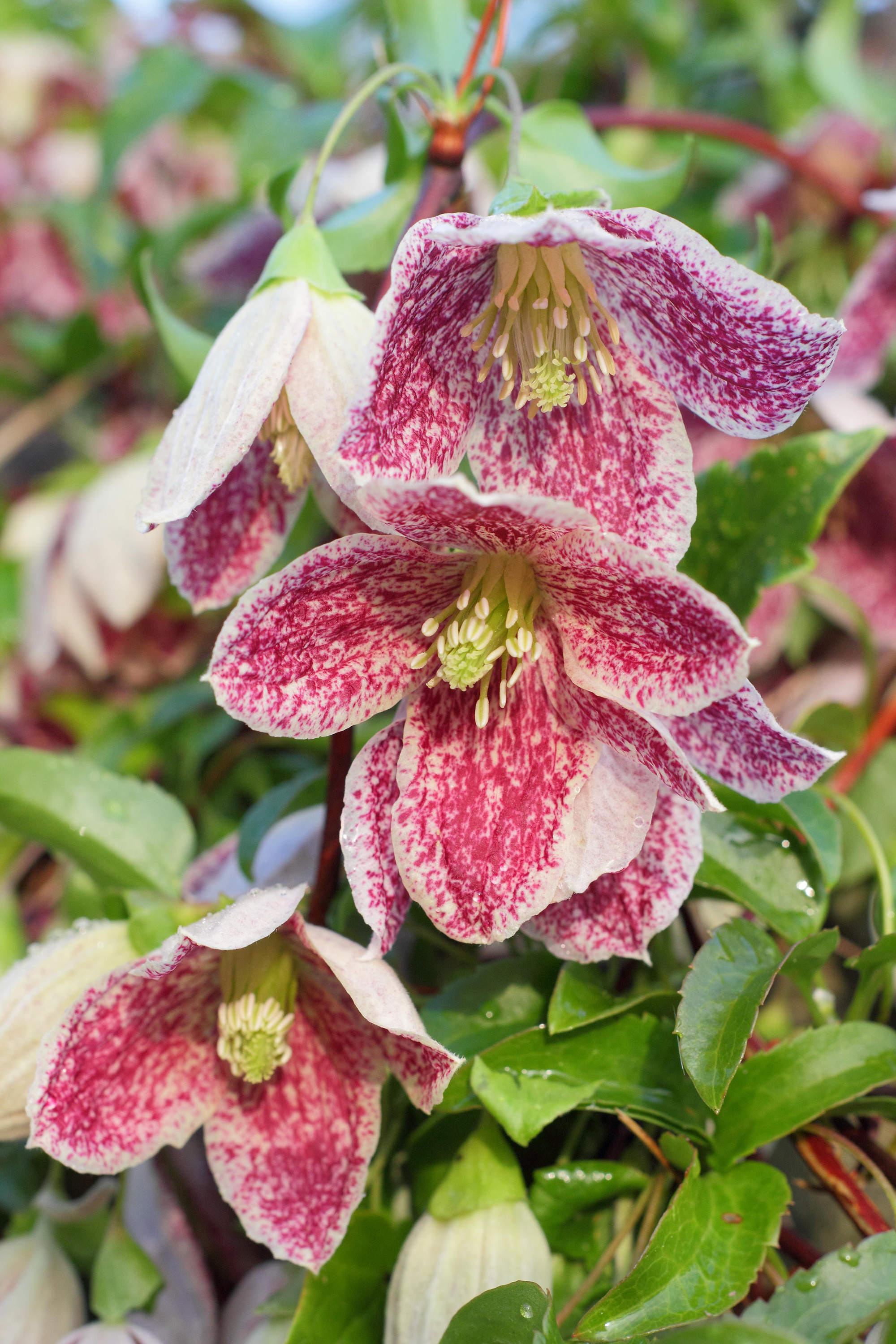
While clematis is often thought of as being part of the spring or summer garden, there are several types of winter-flowering clematis available.
A perennial climber, winter clematis produces delicate pale buds that burst into bloom at the end of each year.
Mick Lavelle, senior horticulture lecturer at Writtle University College, particularly favors Clematis cirrhosa ‘Freckles’: ‘It’s a semi-evergreen climber with cream flecked maroon, and flowers from November to March,’ he says.
Other lovely winter-flowering clematis varieties include Winter Beauty and Jingle Bells.
Clematis is best grown in a sheltered area and in full or partial sunshine, and when not flowering the plant’s evergreen foliage will add color to your garden year round.
It flowers on shoots produced in the previous summer, so prune after flowering in mid to late spring.
You can grow winter clematis in hardiness zones 6-11.
7. Daphne
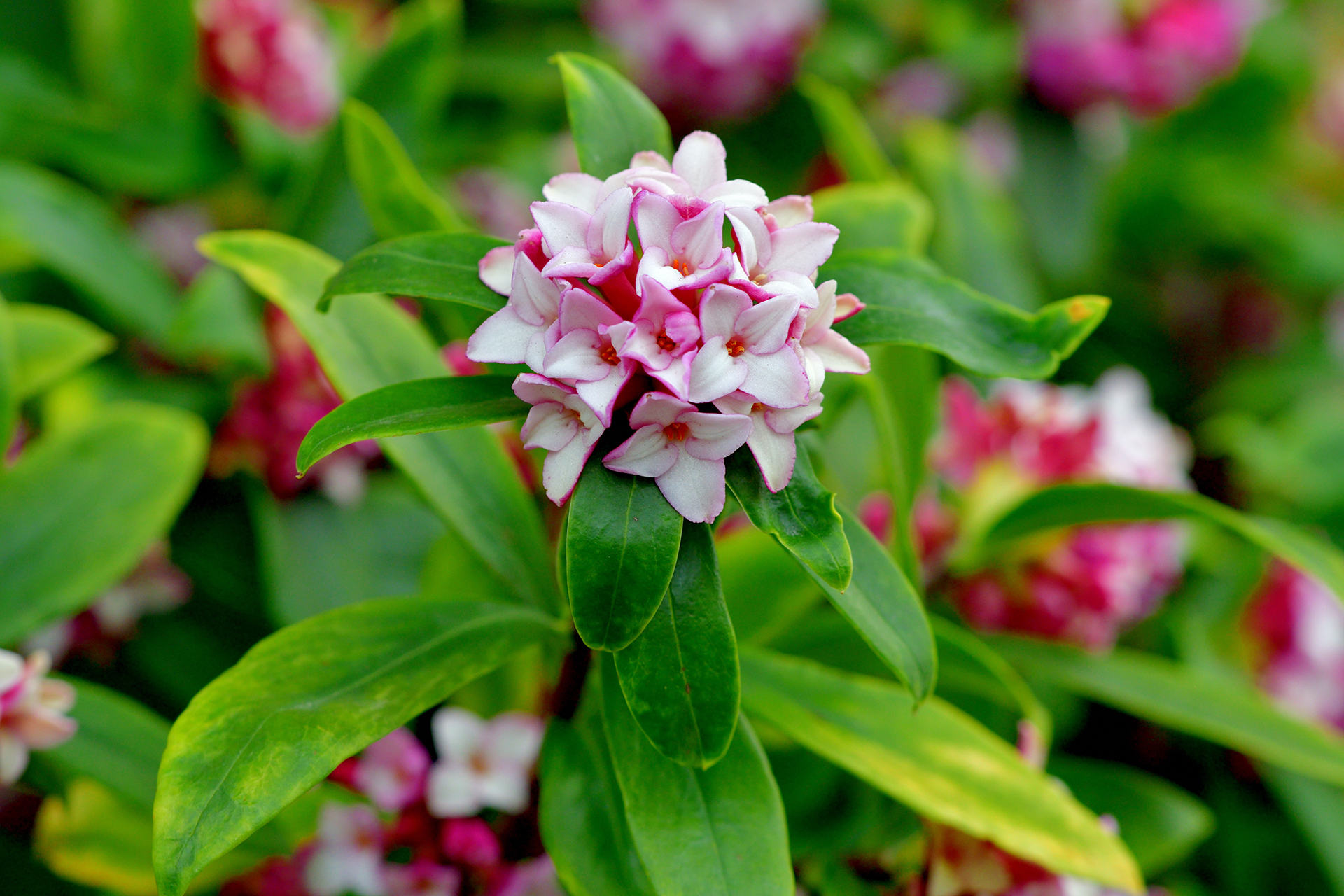
‘Daphne flowers are one of the loveliest flowers of the winter season, and I couldn't describe how much I adore them,’ says Luke Arthur, CEO of SimpleGrow.
‘The best thing about them is that they not only look beautiful, but they also have a sweet, rich aroma. They flourish well in shady areas, but they also do well in full sun.'
Best planted in spring, daphne is perfect for small gardens. It flowers between late winter and early spring, with blooms that vary in color from reds and pinks to whites and greens, with some producing berries in fall.
‘Daphne may be slow growing and can be quite expensive to buy, but is worth it for its highly scented blooms,' adds Clapp.
'Plant it in a sheltered spot by a path to enjoy the fragrance close up. Daphnes need moist, well-drained neutral to slightly alkaline soil.'
You can grow daphne in zones 4-9.
8. Cyclamen
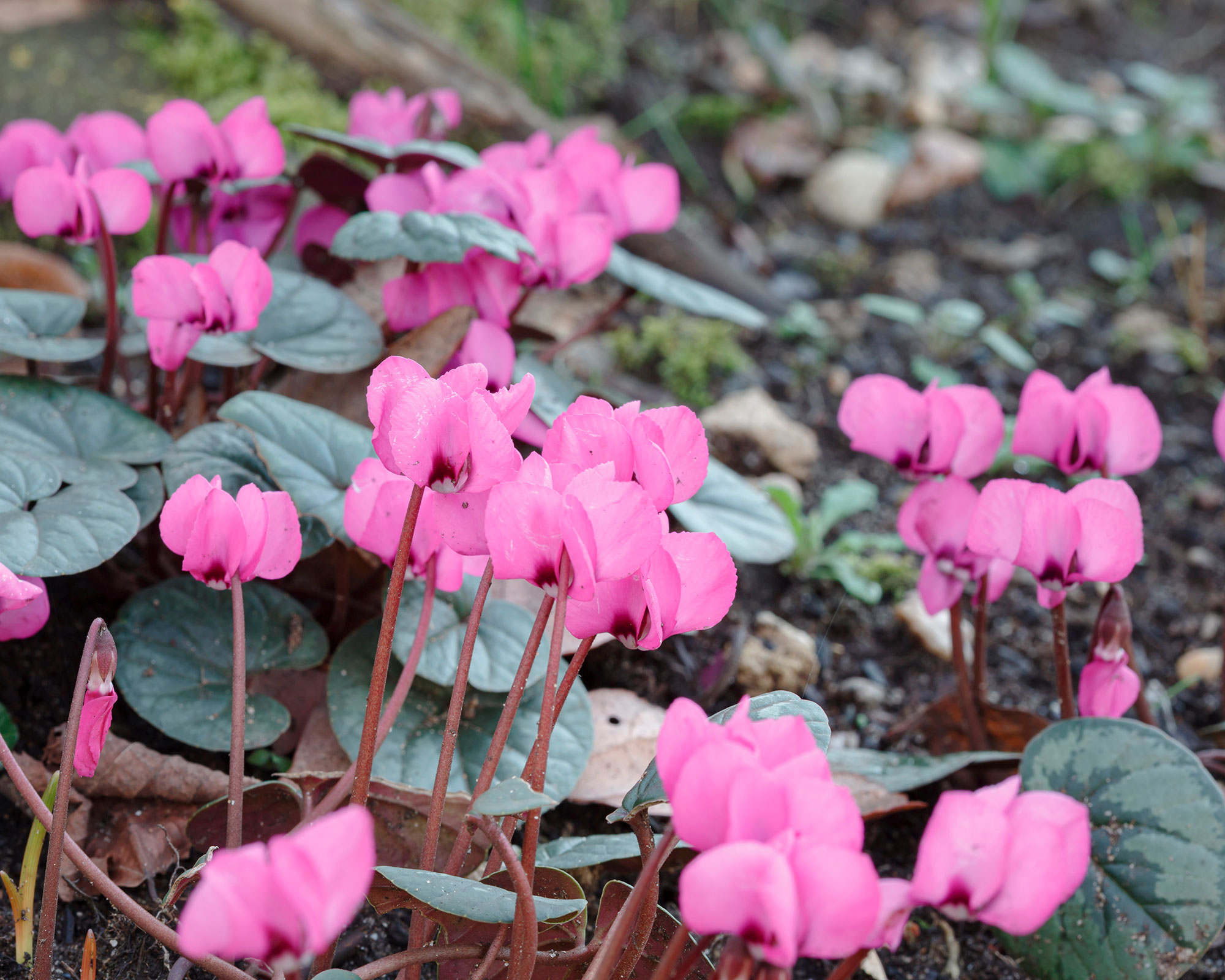
‘Cyclamen is one of my absolute favourite winter flowers, as they have such pretty petals and grow well in shady areas,’ says Lindsey Hyland, founder of Urban Organic Yield.
Winter-loving cyclamen will produce their pretty pink, red or white flowers in frost and snow. Plant them in containers or under trees in partial shade in well-drained soil, anytime between fall and early spring for guaranteed color in the colder months. They look stunning mixed with snowdrops and aconites.
Potted cyclamen will flower the first year, while tubers are unlikely to flower until the following winter. However, once established they will soon naturalize.
You can grow hardy cyclamen in zones 3-9, but don’t confuse them with the more tender houseplant variety.
9. Hellebores
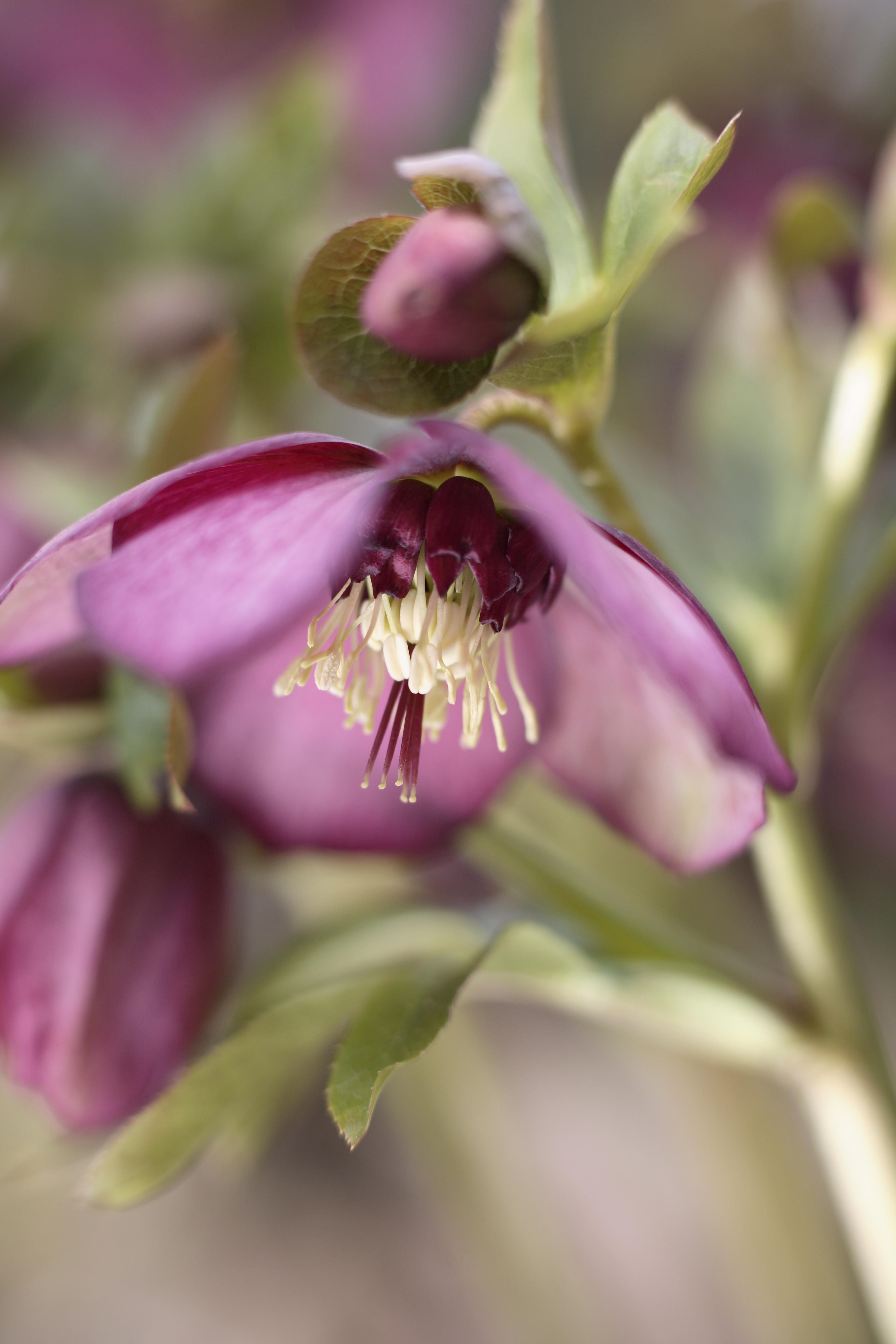
‘If you have shady areas in your garden, then hellebores are one of the very best winter flowers to grow,’ says Salazar. ‘They are such beautiful hardy flowers that you can watch blooms throughout winter. I plant them under a tree paired with ferns.'
Also known as Christmas roses, hellebores are available in a range of colors, from purest white through citrusy hues to deepest purple.
They also offer evergreen foliage, so fill a gap in your garden year round.
'Hellebores are not only a favorite for winter gardens, they are one of my all-time favorite flowers,' adds Hewitt. ‘I love their shape, their colors, and how delicate they appear but how strong they have to be to thrive in the winter months.'
Hellebores will do well in a sheltered position in semi-shade, and work beautifully when used to underplant deciduous trees. They tolerate most soils but do best in rich, moist, free-draining soil.
Deadhead the flowers once they have died back in the spring, and in winter remove any dead leaves.
Hellebores are best suited to zones 4-8.
10. Camellias
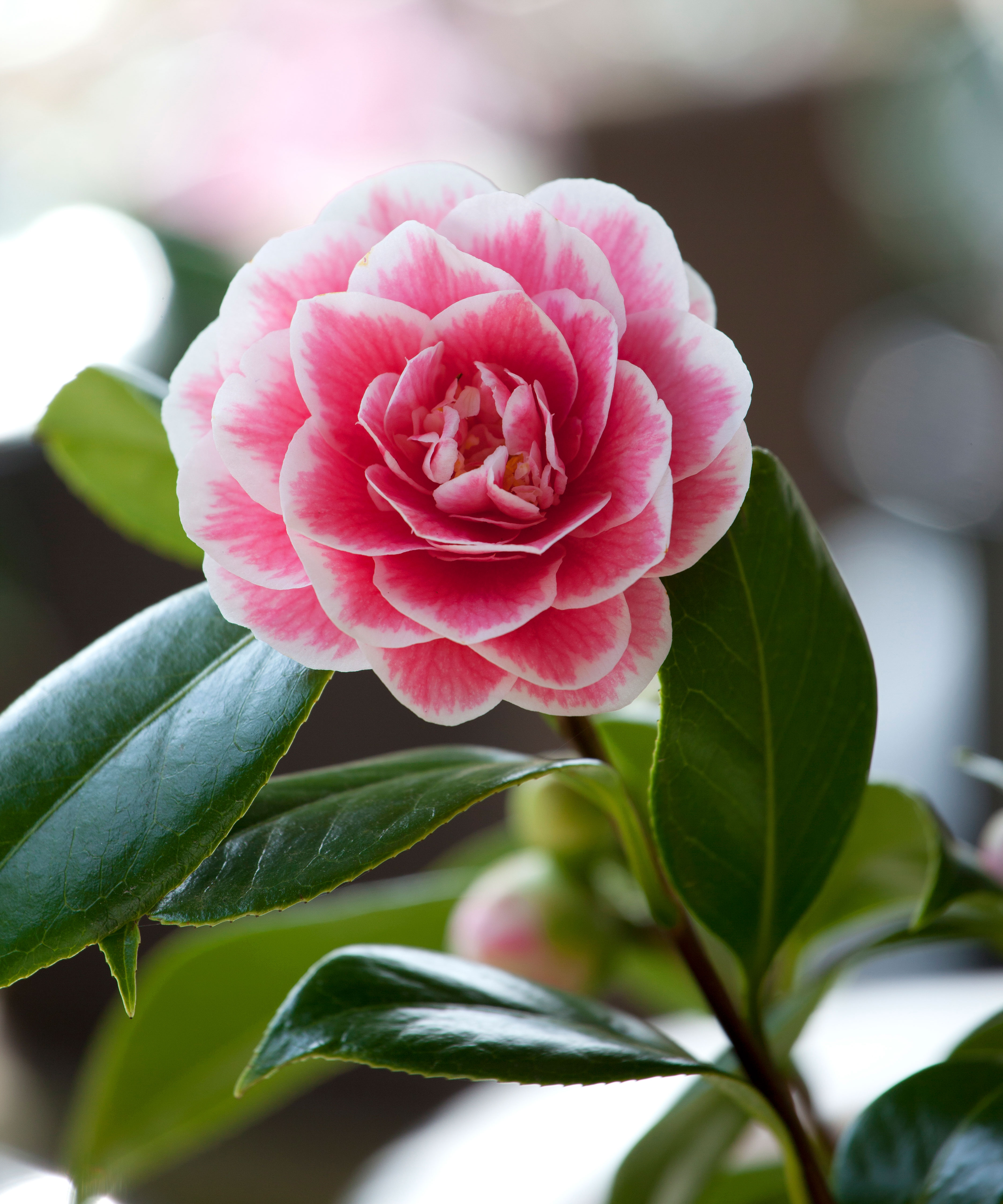
'Camellias are hardy plants that bloom the most beautiful big flowers often in pink and white,' says Hewitt.
'They thrive in the winter months, and as a designer, I love the shape and color green they bring to a garden. I often use camellia foliage in my flower designs. If you’re looking for a winter cut flower for your garden, I would suggest this one.'
Camellias are often one of the first winter flowers to appear in the garden, but if you would like them to bloom from fall to winter, choose the camellia sasanqua varieties.
'When planting, camellias need partial shade. Water thoroughly to establish your new bush but remember to plant in well-drained soil,' adds Hewitt.
Make sure you know how to prune camellias to get the best out of them.
11. English primrose

'The English primrose begins blooming in the dead of winter,' says Emma Sophie. 'There are a wide variety of vibrant hues represented by the five-petaled flowers that bloom at this time. They can be anything from red to pink to blue to white to yellow to orange.
'For a much-needed, very noticeable splash of vibrant color, use them along shady walkways or roads.'
Primroses are hardy perennials and will thrive in zones 4-8. Once they are established, they will naturalize and increase their numbers each year.
Plant primroses in the early fall in well-drained soil or potting mix.
12. Crocus
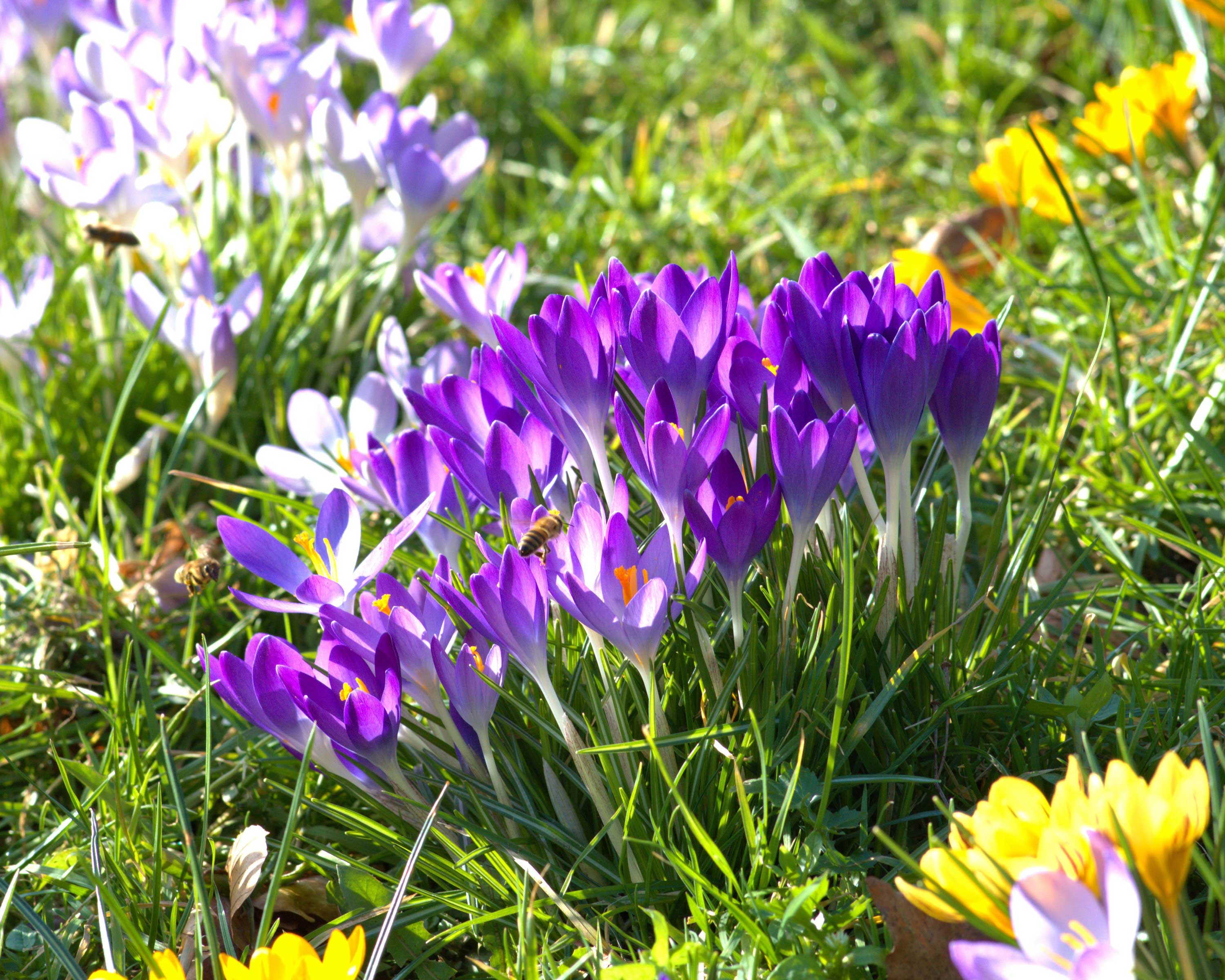
Crocus flowers will add the cheeriest pop of color to the winter garden, and provide valuable food for pollinators.
'During the late winter and early spring, these cup-shaped blooms may often be seen peeking out of the snow,' says Emma Sophie.
'In rock gardens and sidewalks, they provide a burst of color exactly when you need it most.'
Crocuses like a sunny spot and should ideally be planted in well-draining soil. You can grow them in zones 3-8.
13. Witch hazel
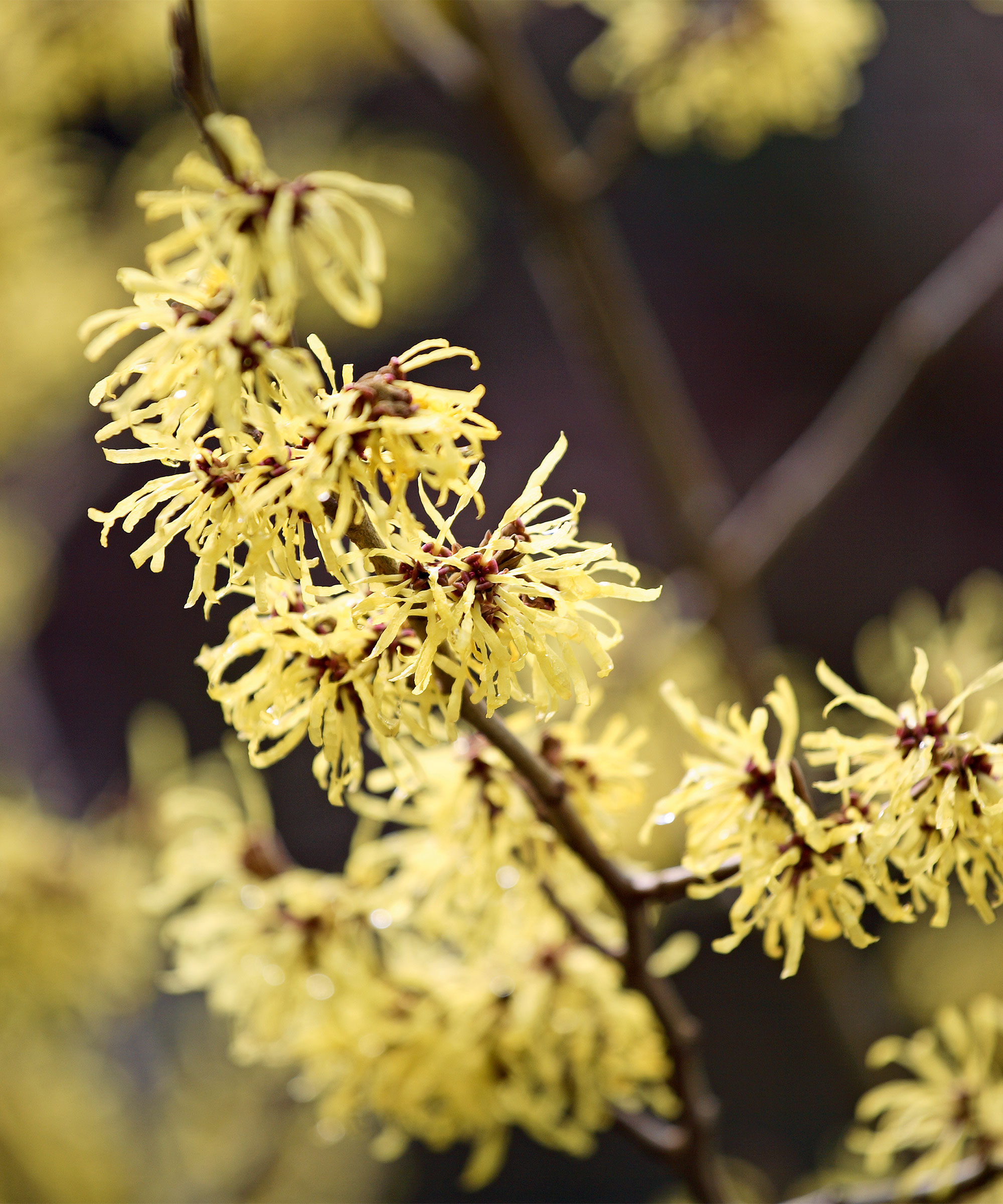
'Witch hazel are deciduous shrubs with spider-like velvety flowers in golds, oranges and reds, which last around five weeks and can withstand frost,' says Clapp. 'Plant them where you can get close to enjoy the scent.'
Many witch hazels are fragrant, so choose a variety known for its fragrance, as some are much more sweetly scented than others.
Witch hazel grows best in neutral to slightly acid free-draining soil in an open, sunny position. Grow it in zones 3-9, depending on the variety.
14. Viburnum tinus
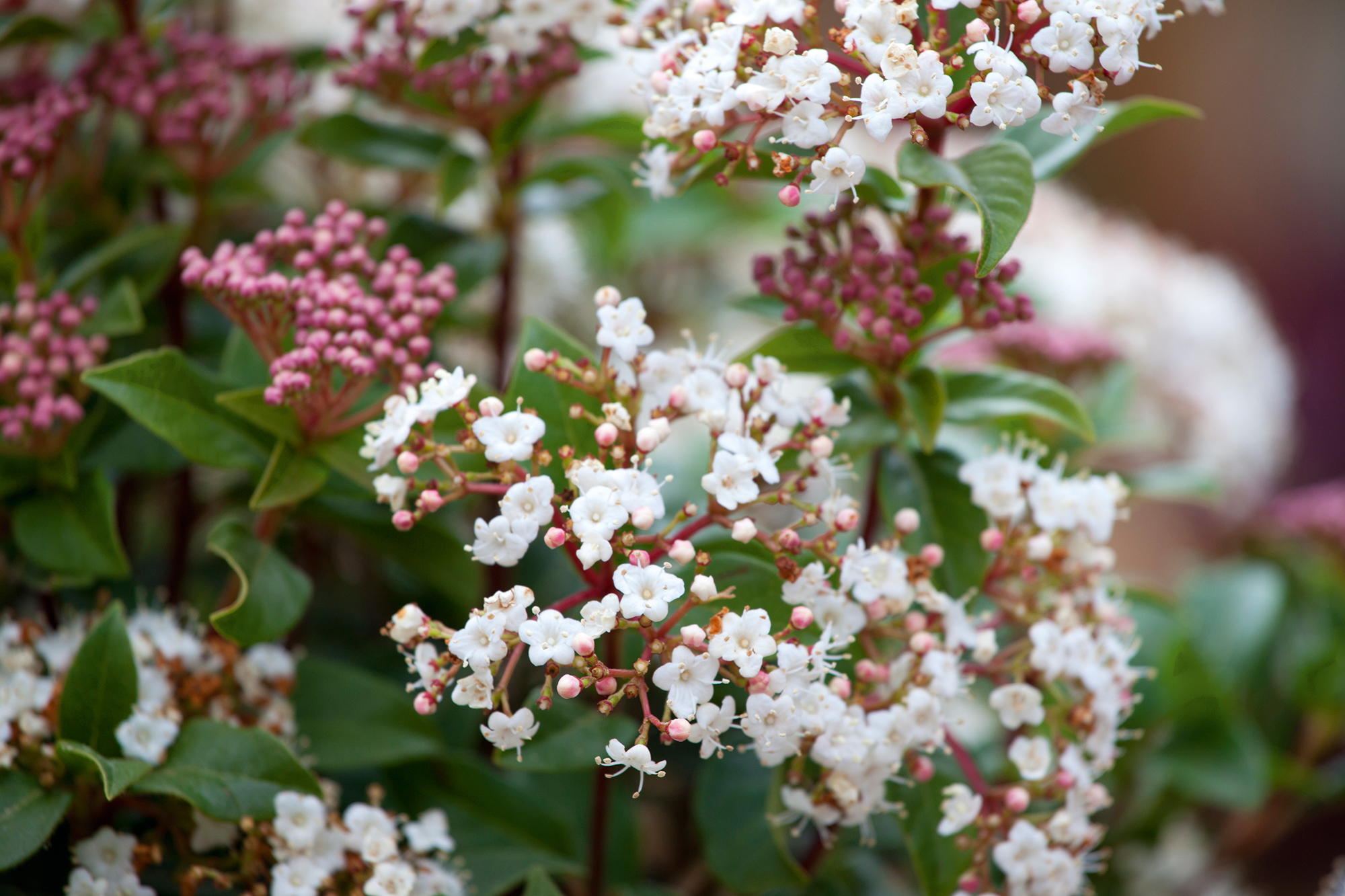
Viburnum tinus is a fabulous large evergreen shrub that flowers between winter and spring.
'Its white flowers emerge from pink buds from December to April,' says Clapp. 'You can plant viburnum tinus in containers to brighten a corner.'
This remarkable plant can survive everything from full sun to full shade – though it is best if it does receive some sun – and copes with a variety of soil types. Offering greenery year-round, it also produces attractive dark blue berries in the fall.
'Plant in moderately fertile, well-drained moist soil,' adds Clapp. Viburnum tinus should grow in zones 2-10.
What is the most popular winter flower?
The snowdrop is an icon of the season and undoubtedly the most popular winter flower.
There is nothing more magical on a bleak winter's day than to stumble upon a carpet of purest white snowdrops.
However, for pots and hanging baskets, pansies are very popular winter flowers, and are widely sold at the garden centre, for planting in the fall.
What can I plant now for winter color?
Many winter flowers need to be planted in advance of the season in order to establish. Indeed, many bulb flowers are best planted in the spring.
However, you can plant young shrubs such as daphne and winter pansies from the garden center, to add winter color to your garden now.

Melanie has worked in homes and gardens media for two decades. Having previously served as Editor on Period Living magazine, and worked on Homes & Gardens, Gardening Etc, Real Homes, and Homebuilding & Renovating, she is now focusing on her passion for gardening as a Senior Editor at Gardening Know How. As a keen home grower, Melanie has experimented with pretty much every type of vegetable at some point – with mixed results. Often it is the simplest things that elude you, which may explain why she just can't seem to master zucchinis.